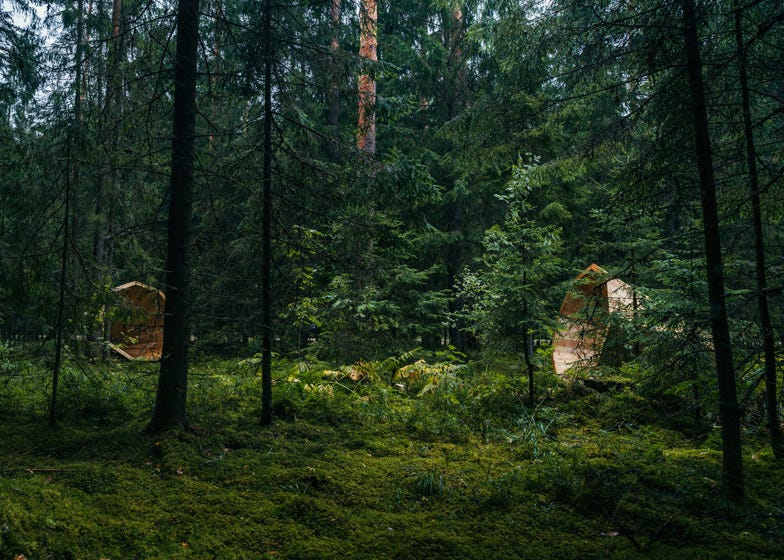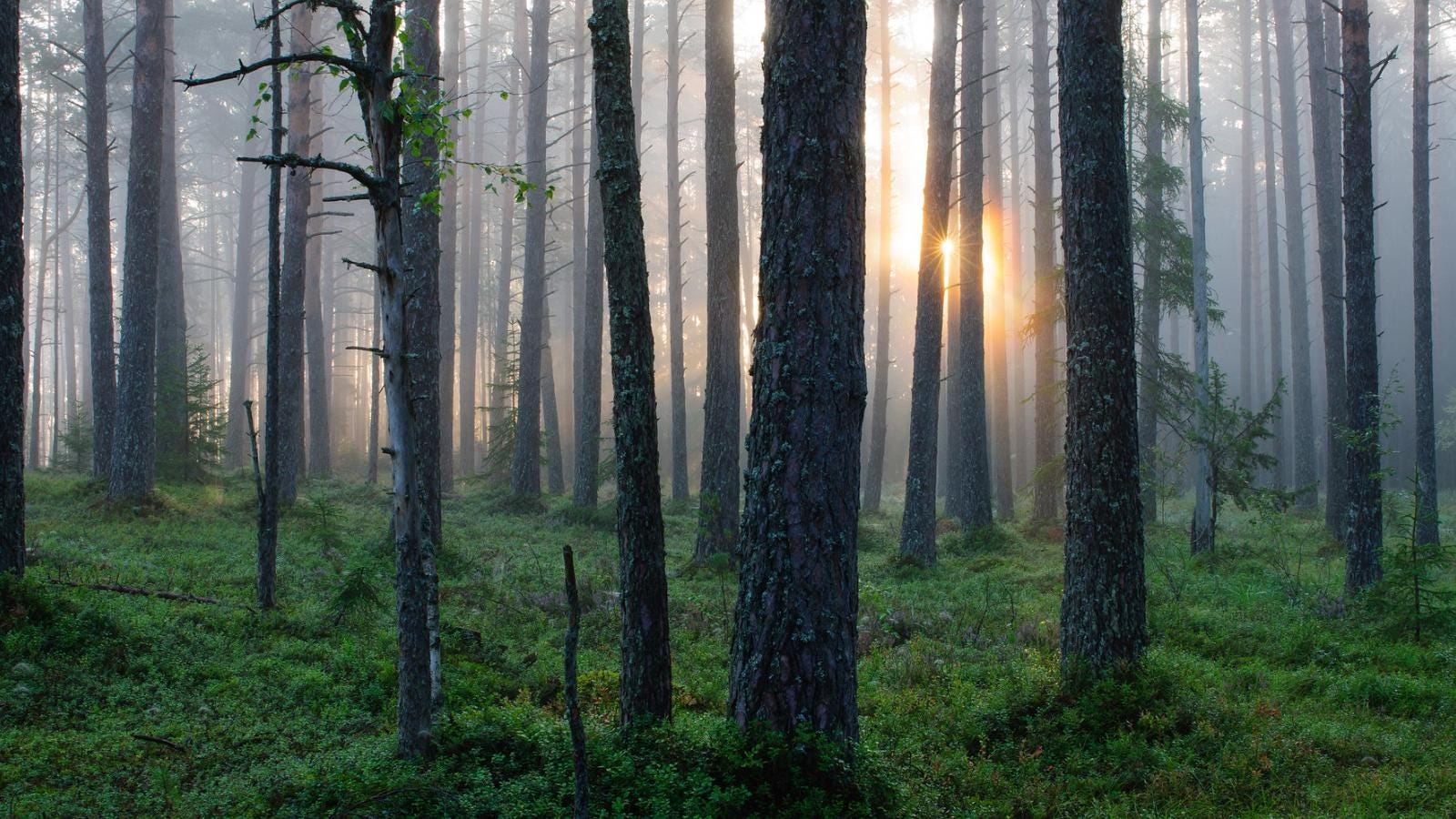The story of Estonian forest- Metsa ABC

On a clear day, those arriving in Estonia by aircraft may see the rocky features of the local topography while staring out the window. While Estonia has traditionally been a wooded nation, during the previous half-century, the woods have grown in size, now covering roughly half of the country’s land, with 30% of it protected. MetsaABC is one of the forest harvesting and management service provider. They work for the purchase of felling waste along with which they also work for the purchase of growing forests and other services related to the forests.

Estonians, whose roots are firmly set in nature’s soil, have long relied on the forest for food and shelter. Despite the fact that many Estonians now live in the suburbs, people still seek out the forest to relax and rejuvenate their bodies and minds. Forests are a common topic in Estonian folklore, prompting storytellers and artists to create gorgeous landscapes that are currently on show at the KUMU art museum. The greatest woods are located in northeastern and central Estonia, ranging from the north coast to the southern border, with the most prevalent tree species being pine, birch, spruce, and aspen. The Estonian woodlands are home to a startling range of species; spotting a hare, fox, or deer is normal, but sighting a wolf, lynx, bear, or elk is quite rare. The European mink, dormouse, and flying squirrel are even rarer and are on the verge of extinction.

Ancient woodlands
When nature is left to its own devices, you may intimately witness the circle of life in ancient forests and woods. Järvselja ancient woodland in southern Estonia is home to owl species and a beautifully aged 360-year-old Kuningamänd pine tree that is barely marred by human activity. The Poruni hiking path in northern Estonia goes along the Poruni river’s 10-meter banks. Here you’ll discover a diverse collection of fallen tree trunks that are home to new and sometimes uncommon plant species.

Forest Management
Estonia has the planned forest management where around 70 percent of Estonia’s woods (approximately 1.5 million hectares) are utilized economically, with the other 30 percent protected in some way (as of 2005).

Commercial use
Around 60% of harvested timber is made up of coniferous trees, namely pine and spruce, while the remainder is made up of deciduous trees, primarily birch. Estonia’s forest-based sector covers all elements of the business, though the pulp and paper business is still relatively minor. Round wood is mostly sold to Finland and Sweden, while Estonian sawmills buy logs from Latvia and Russia. Another commodity that is nearly solely exported is wood pellets.
In Estonia, wood is the second most common source of residential fuel (the largest being oil shale). Wood is frequently utilized in both the industrial and residential sectors, with big boilers fed by wood waste and chips. There have also been two combined heat and power plants in Tallinn and Tartu since 2008.
The State Forest Management Centre manages 40% of Estonia’s woods (abbreviated RMK). National regulations and laws are aimed at ensuring that silviculture is commercially successful while also being environmentally sustainable. The State Forest Management Centre, on the other hand, was chastised in 2010 for failing to pursue sustainable forest management.

Protected forests
When compared to other similar nations that also pursue commercial forestry on a significant scale, Estonia has a comparatively substantial fraction of protected forests. In the 1920s, natural reserves were established to safeguard the first woods.

Sacred Trees
For generations, trees have provided a source of sustenance in the severe northern climate. Some trees were utilized to create houses and saunas, while others were deemed sacred and were left alone.
A holy grove is often made up of deciduous trees and used to draw offerings for gnomes, fairies, and other supernatural beings in the past. Kassinurme Fort and holy grove were built roughly 2000 years ago, making it one of Estonia’s oldest holy sites. Rakvere, a centuries-old sacred oak grove, is an hour’s drive away.
Furthermore, Estonia is peppered with countless sacred trees that serve as natural monuments to the way of life that has linked Estonians to their natural surroundings from early settlers to present Estonians.
Forest management is the process of caring for forests, with general administrative, legal, economic and social aspects, as well as scientific and technical aspects, such as silviculture, protection and forest management. Forest management involves everything related to the forest, be it fertilizing the soil, planting trees and then taking care of them, and it is impossible for the forest owner to do all the forest management tasks alone. MetsaABC offers forest management services to forest owners. Forest Maintenance Services is divided into two long-term and short-term plans. The cooperation is based on previously discussed requirements and the price was decided according to the agreed price. Before preparing a forest management plan, MetsaABC must take into account the expectations and visions of the forest owner and, if necessary, offer its proposals. They will definitely discuss all the job opportunities required in the forest and complete everything. For more information, visit our website: https://metsaabc.ee/







Kommentaarid
Postita kommentaar